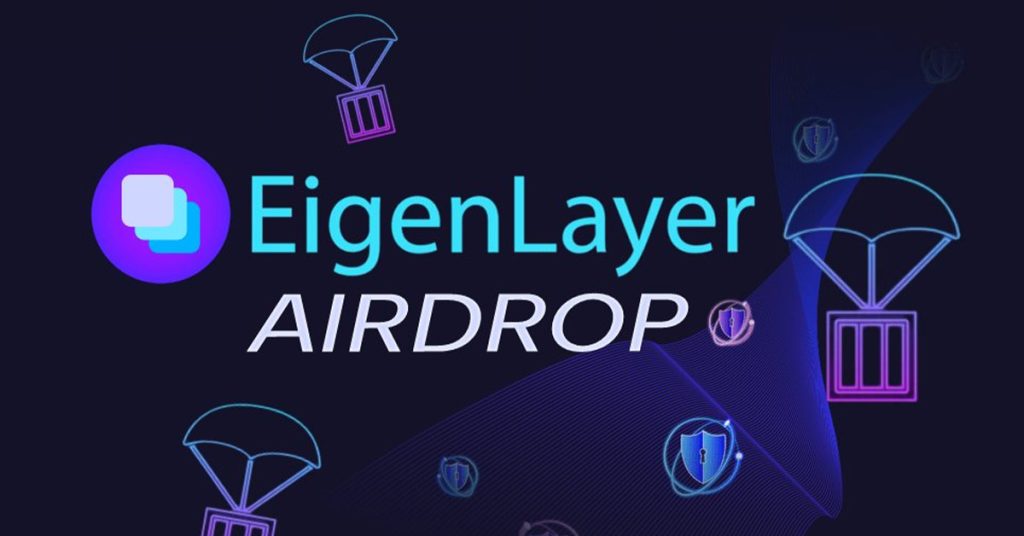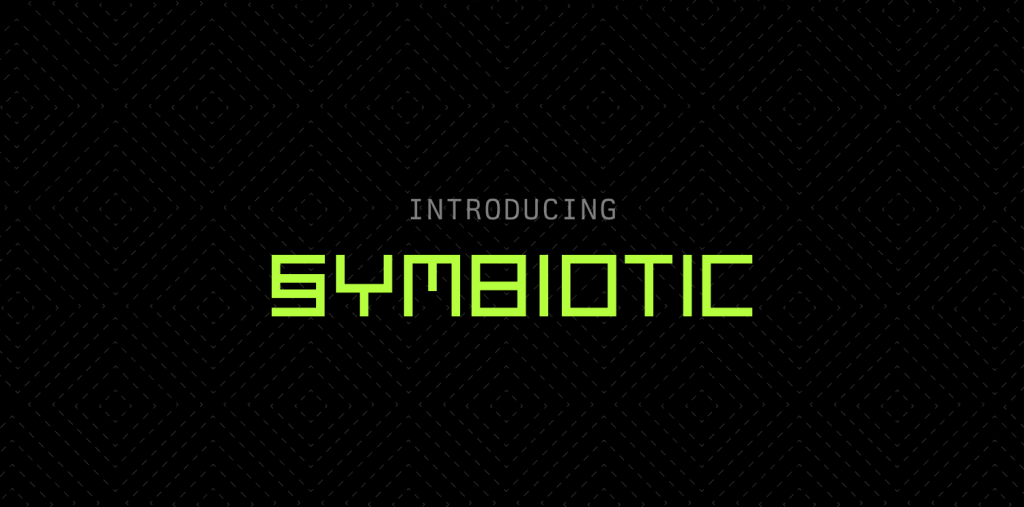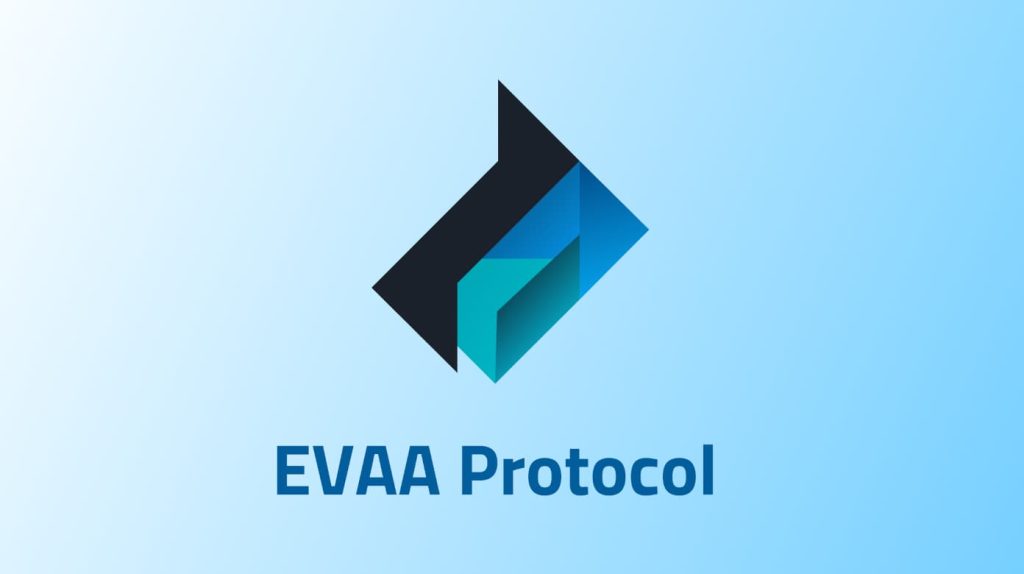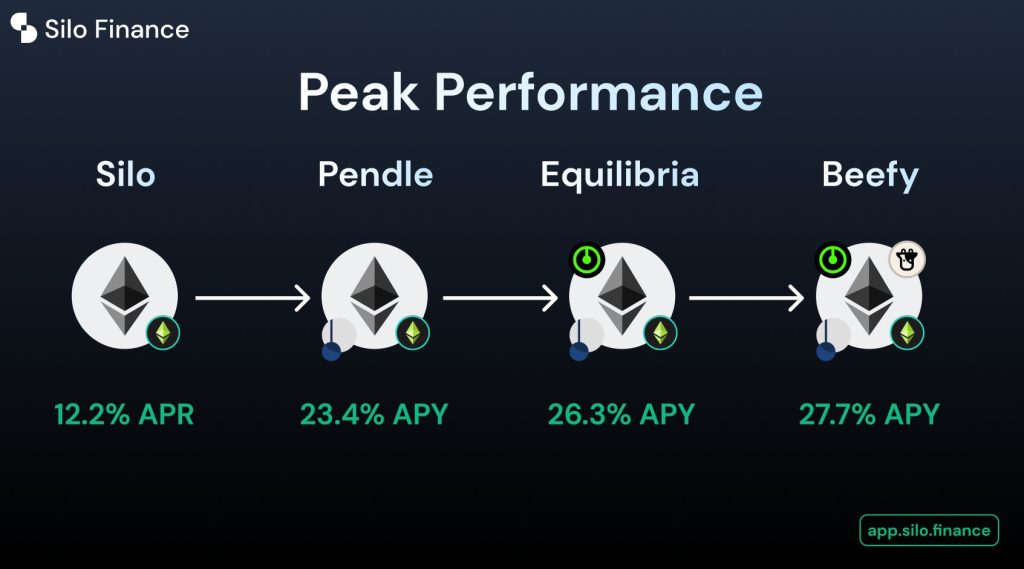EigenLayer Airdrop Strategy Part II: Liquid Restaking with rsETH by Kelp DAO

Before we get started, this is not a recommendation or endorsement to buy any token(s) mentioned.
Last week, we touched on the restaking mania resulting from speculation around an EigenLayer airdrop in 2024. EigenLayer is a protocol known for introducing restaking on Ethereum, a new primitive in cryptoeconomic security enabling the reuse of ETH on the consensus layer.
Anyone can deposit a liquid staking token (LST) into EigenLayer smart contracts to restake their LST and extend cryptoeconomic security to other applications on the network to earn additional rewards. If this works as designed, the future of EigenLayer looks like a primitive that sits between Ethereum Mainnet and any chain imaginable (even non-EVM) that wants to “borrow trust” from the security of Ethereum.
This will result in a kind of trust marketplace where LST holders are “lenders” and L1s/L2s/L3s are “borrowers” paying fees. A great place to start learning about EigenLayer is this episode of The Edge Podcast I recorded with the Founder Sreeram Kannan.
Fast forward to December 2023, EigenLayer announced two major developments: the addition of 6 new LSTs for restaking and a lift on the deposit caps for LSTs restaking into EigenLayer on December 18th.
The irony of these deposits into EigenLayer is that when ETH LSTs “restake,” they’re not actually restaking yet. EigenLayer’s products are not live--yet. Even more ironic is that anyone restaking LSTs loses in EigenLayer loses the feature they originally sought out in holding LSTs--liquidity.
Up until recently, it has been a challenge for ETH LST holders (stETH, rETH, cbETH) to get their LSTs deposited in EigenLayer given so much interest to participate. On EigenLayer’s first











Responses